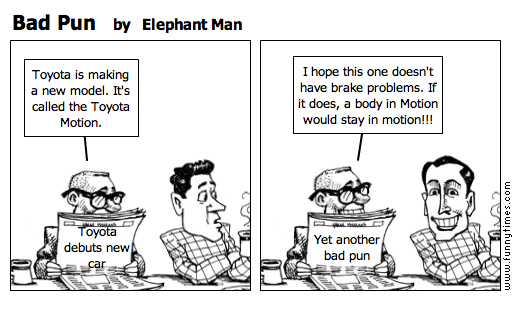Puzzled By Chevy and Dodge Pickups

When my wife says, “Just because,” I accept this as a valid reason without knowing why. I won’t extend this courtesy to other areas, however–that’s why I’m puzzled by Chevy and Dodge pickups.
Both manufacturers have named their half-ton pickup “1500.” The Dodge was not always so. Not too long ago, it was just a Dodge Ram, but then it was changed to 1500, so there must be a reason. But 1500 what? Why not 1486 or 1633? If the company is intent on having “hundred” on the end, why not 14 or 16 hundred? Is there something magic about the ‘fif’ sound?
It can’t be the horsepower, maximum weight, price, or miles per gallon. None of those make any sense. Nor load capacity, because a half-ton is 1,000 pounds, not 1,500. Maybe they’re trying to tell us that their half-ton really can carry 1,500 pounds, but does that mean their three-quarter-ton pickup, the 2500, can really carry 2,500 pounds? And their one-ton model, the 3500, can haul one and three-quarter tons? I don’t think so. I’m not saying they can’t carry that amount, I just don’t think that’s what the number means, nor do I think that’s what the manufacturer is saying.
To summarize: If I can just figure out what the 2500 has 1,000 more of than the 1500, I should have the answer.
If I were to suggest it might be “average miles between breakdowns” or “mean time between failures,” all the Ford owners would be chuckling until they realized they were driving F150’s.
Maybe I hit on the answer already without knowing it. Since the 1500 doesn’t have a comma, maybe it’s not a real number and doesn’t mean a quantity of anything. Maybe it’s just a sound like “fluff” or “grit.”
I can understand the logic behind increasing the number because it indicates bigger and better. If you’re wandering around a dealership lot looking at 1500’s and the salesman says, “Let’s take a look at some 2500’s,” no one has to tell you that it’s bigger and better. That involuntary clenching sensation you feel as your butt muscles try to get a better grip on your wallet just confirms it.
Trucks have to be numbered because that’s the only way you can indicate ranking. Ford has the right idea. An F250 is bigger than a F150, and an F350 is even bigger yet. Then you have F450, F550, right on up to F10000000050. That’s an F ten-billion-fifty, the largest known Ford. In this case, though, it means something. That’s the price. They used to have an F100, but nobody bought it because the number was too small.
Another reason for the switch to the higher numbering system may be to prevent confusion among auto parts store clerks. I used to own a Dodge D250, three-quarter-ton pickup. It was a good truck, but every ten years or so I did have to replace a part, usually a different one. The store clerk asked me, “What vehicle?”
“Dodge pickup, D250,” I replied.
Frowning at his computer he said, “I don’t show that size engine.”
“It’s a 5.9 liter.”
“That’s not a 250.”
“I know.”
“Then why did you say 250?”
“It’s a model D250. You asked me what vehicle, and I told you.”
“Whatever.”
Man, am I glad they changed; I’ll never have that problem again. But if my wife had been there, she would have said, “Just because,” and gotten away with it.

